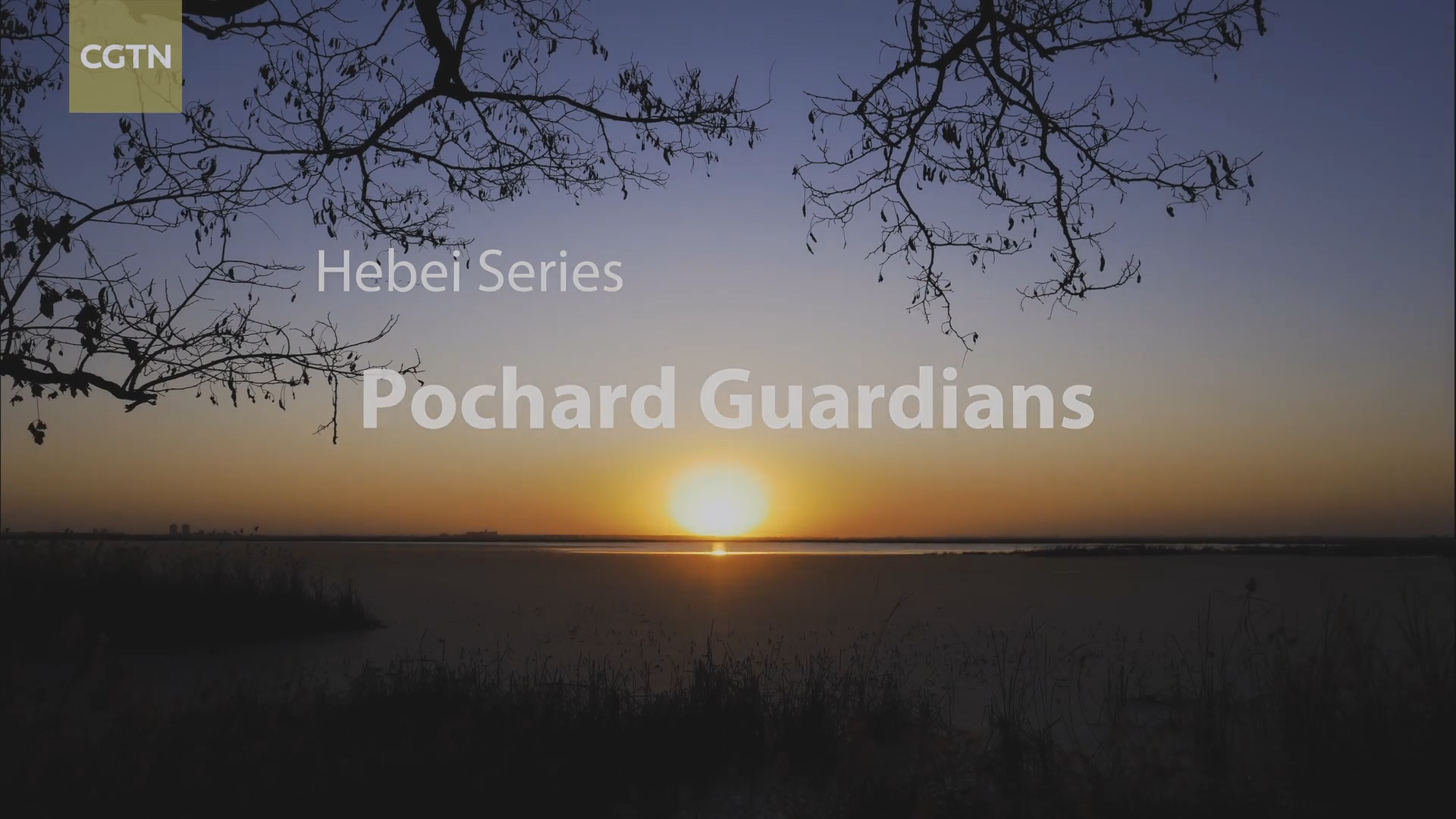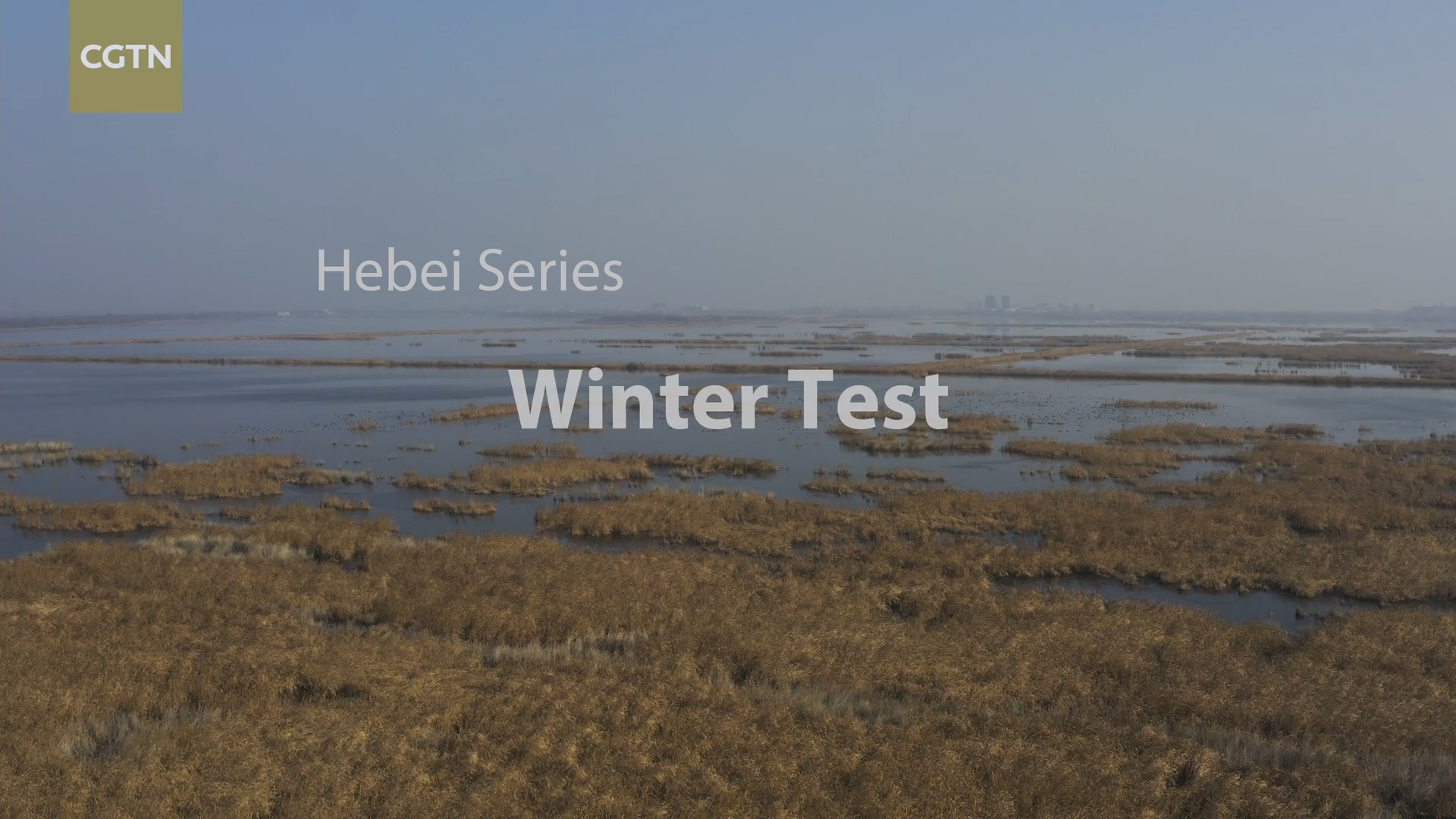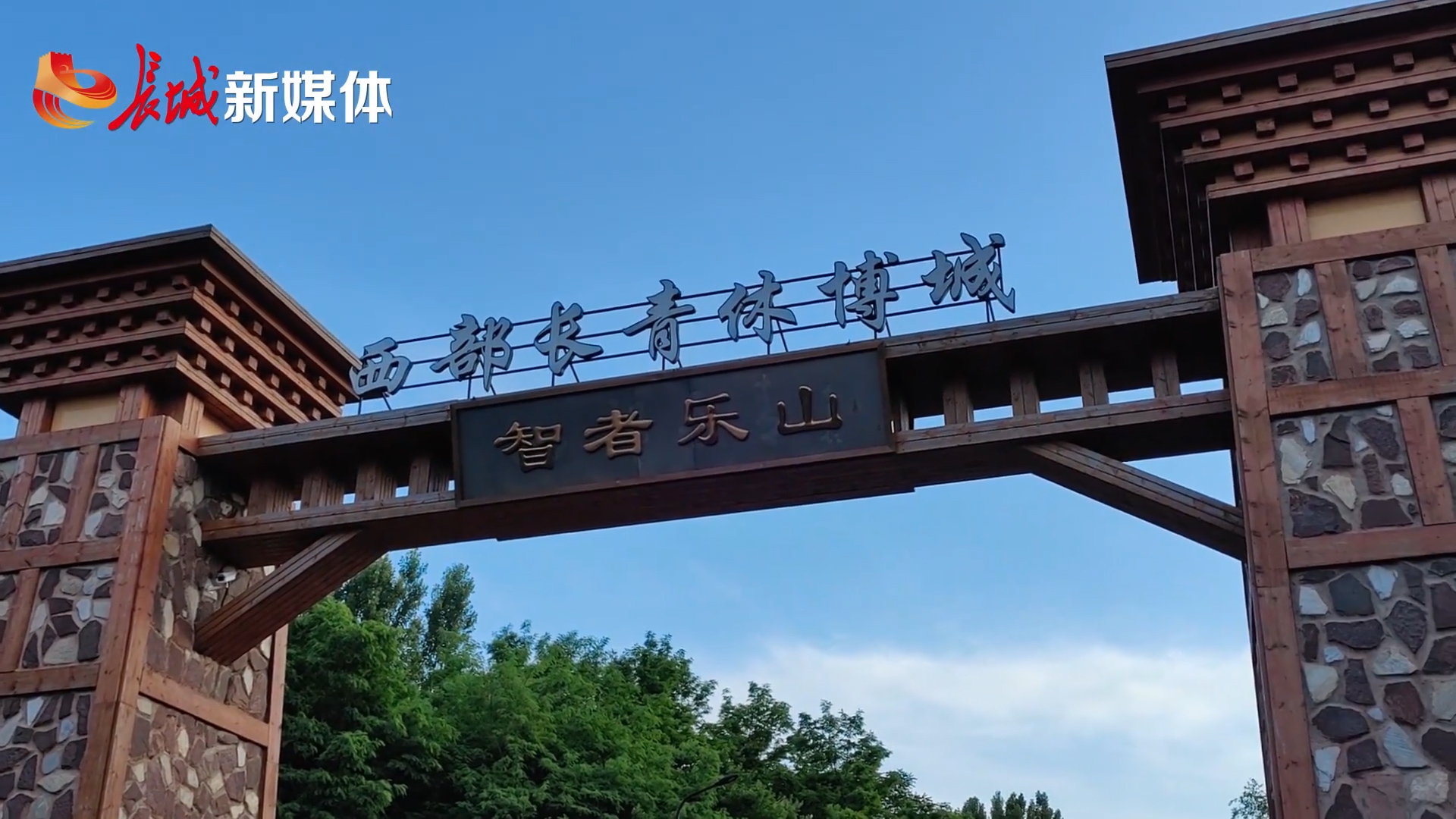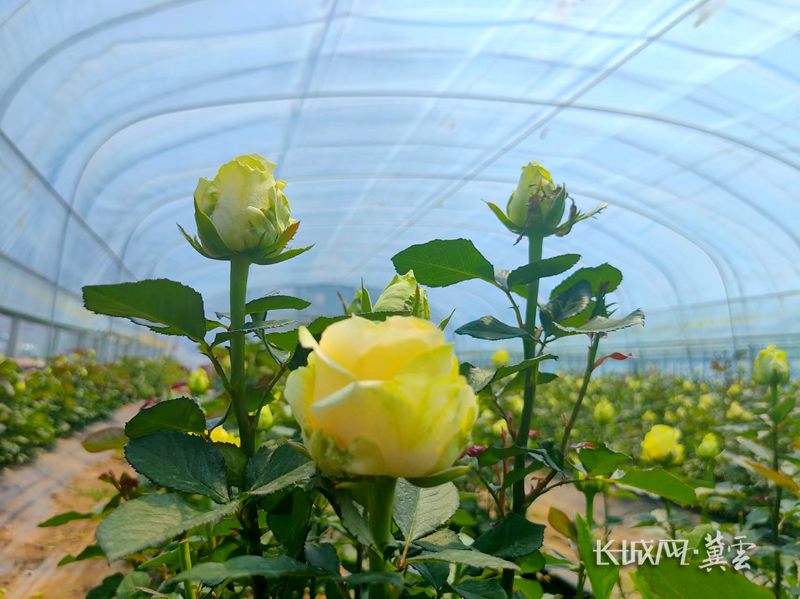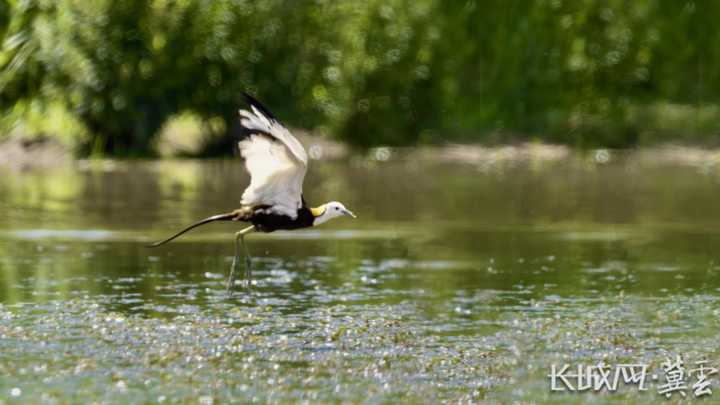"This is the hometown of relict gulls, and also the hometown of mine." In August, writer Liu Shu followed the footsteps of the migrating gulls and returned to Kangbao County of Hebei Province in the heat of summer.
Liu Shu has been concerned about ecological issues for more than 30 years and has written more than a hundred poems and proses in this regard. Although he has lived away for a long time, the natural scenery and ecological environment of his hometown has always been his concern. "Whether the environment is good or not, the relict gulls know more deeply than we do." In Liu Shu's eyes, the fact that the relict gulls have chosen to return to Kangbao is a strong proof of the ecological improvements in his hometown.

In April and May each year, nearly 10,000 relict gulls fly back from Bohai Bay to Kangbao County to roost and breed in the shallows of various lakes. (Photo by Bian Zhenwen)
The relict gulls, meaning "lost gulls" in Chinese, are the most recently discovered gulls by humans. The relict gulls breed only on lake islets in arid and semi-arid highland deserts and are known as the "most vulnerable birds" on the plateau. They are placed under first-class national protection. At present, there are less than 20,000 relict gulls around the world, and more than 8,800 of them roost and breed in Kangbao County every year. Kangbao has become the world's largest habitat for relict gulls.
The story of these relict gulls began eight years ago. In April 2014, Hong Jianming, professor at the School of Life Sciences of Capital Normal University and executive deputy director of the Beijing Wetland Research Center, led a team to Kangba Noel Lake in Kangbao County for an investigation, and the spectacular sight of thousands of birds flying over lake islets caught their attention. After identifying, searching and seeking confirmation from renowned bird experts, they found that these birds were actually relict gulls.

On August 20, Hong Jianming, professor at the School of Life Sciences of Capital Normal University and executive deputy director of the Beijing Wetland Research Center, came to the Kangba Noel National Wetland Park again to examine the conditions of relict gulls. (Photo by Xin Hening/Great Wall New Media)
This chance encounter established the close bonds between Hong Jianming and Kangbao County. He and his team discovered through in-depth research that relict gull specimens were actually collected in Kangbao back in the 1930s, when people mistook these birds for brown-headed gulls. The encounter eight years ago was just a rediscovery of relict gulls in the same place.
"Kangbao has lake islets of suitable sizes and vegetations for relict gulls to roost and breed. In addition, the 93,333-hectare grassland provides a vast foraging ground for these birds," Hong Jianming said, adding that the restoration of the wetland environment and food chain has played a vital role in the return of relict gulls.

An aerial view of the Kangba Noel National Wetland Park. (Photo by Deng Guangtao/Great Wall New Media)
Inside the Kangba Noel National Wetland Park, flocks of relict gulls are wondering leisurely on or flying freely over the clear lake ripples. "You would hardly believe this picturesque park used to be such a messy place that no one wanted to go near until 2014," Liu Shu said as he took photos.
"There are 81 marshes of different sizes in Kangbao, with a combined water surface equivalent to 0.8% of the county's total area. After a team of experts confirmed that Kangba Noel is an important habitat for relict gulls, Kangbao County began a full-scale ecological restoration of the wetlands in 2014," said Sun Wei, deputy director-general of the Natural Resources and Planning Bureau of Kangbao County. The county cut off production and living pollution from the sources by demolishing and relocating shantytowns, factories, freight yards and vegetable cold storages along the north shore of Kangba Noel. Then the vacated land was used to build a 20-hectare forest park and a 220,000-square-meter landscaped walkway around the lake. The move not only restored the overall ecological function of the wetlands, but also secured the environment necessary for relict gulls to roost and breed.

The vast clear water of Kangba Noel Lake in mid-summer. (Photo by Deng Guangtao/Great Wall New Media)
"Now when we sit in office every day, we can see all kinds of birds flying over the county city. It gives a feeling that the city is nestling in a forest," Sun Wei said. In addition to relict gulls, he added, Kangbao now boasts of 220 bird species, including nine species under national protection and about 100,000 birds that migrate and breed here every year.

The unique natural conditions have attracted more and more relict gulls to Kangbao and turned the place into the world’s largest breeding ground and a true home for relict gulls. (Photo by Bian Zhenwen)
Ecological improvement is by no means a day's effort. Over the years, Kangbao has intensified ecological improvement efforts since it was defined as a functional zone to preserve the water resources for the Beijing-Tianjin-Hebei region. It has built an ecological protection system that comprises an ecological belt along its border with Inner Mongolia and a vast ecological network in the middle of the county. When trees and grasses flourish and sandy weather wanes, the ecological environment becomes much better. In addition, accelerated wetland restoration and strengthened dynamic monitoring have helped create an excellent environment for birds to inhabit and breed. The Relict Gull Protection Association was also established in 2018 to rescue and treat the wildlife including relict gulls.

In recent years, Kangbao County has coordinated the management of mountains, forests, fields, lakes, grasses and sands, and planted landscape woods along the east, west and south shores of Kangba Noel Lake, offering more possibilities for relict gulls to feed. (Photo by Xin Hening/Great Wall New Media)
"Kangbao has also worked closely with other local governments in ecological restoration, and good results have been achieved in Kangbao, Guyuan, Zhangbei and Bashang grassland areas," Hong Jianming said. The next step in their research is to restore more natural waterbodies and turn wetlands into treasure bowls for green development.
"We and the relict gulls are both the 'children of Kangbao', and I want to eulogize nature and continue to call on everyone to take good care of our common homeland," said Liu Shu, immersing in flower fragrance and bird singing and appreciating the beauty of his hometown.
Editor: Song Lifang


